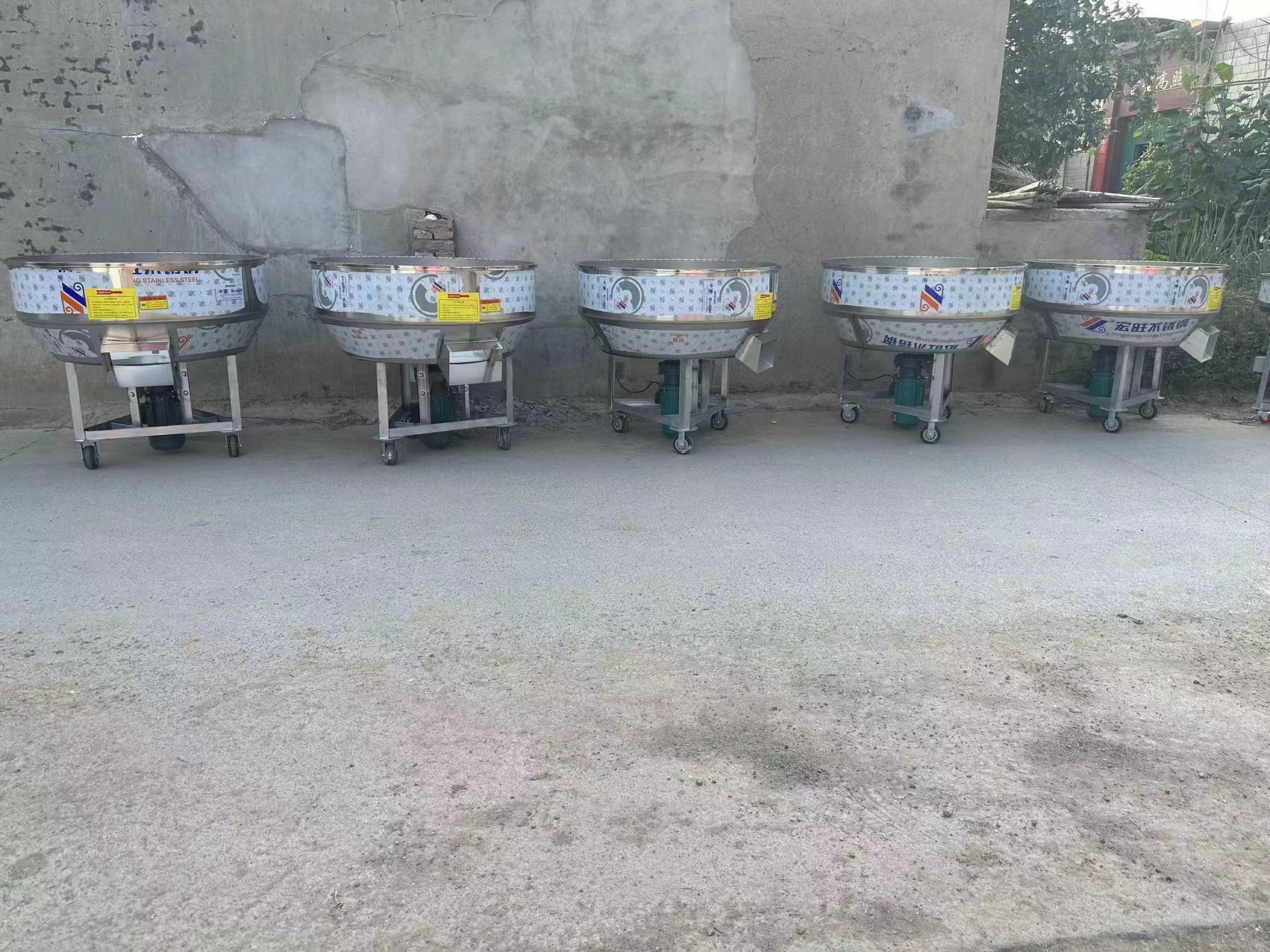poultry cages
Nov . 11, 2024 17:22 Back to list
poultry cages
The Importance of Poultry Cages in Modern Agriculture
In today's rapidly evolving agricultural landscape, the role of poultry cages has become increasingly significant. As the global demand for poultry products continues to rise, the need for efficient farming practices to ensure animal welfare, maximize productivity, and minimize environmental impact has never been more crucial. This article explores the various aspects of poultry cages, their benefits, challenges, and the innovations that are shaping the future of poultry farming.
Poultry cages, specifically designed enclosures for housing chickens, ducks, and other birds, have been a cornerstone of intensive poultry farming. One of the primary advantages of using poultry cages is the ability to optimize space. By utilizing vertical space and providing a controlled environment, poultry cages can house a greater number of birds than traditional farming methods. This increased density is particularly beneficial for large-scale producers striving to meet the rising demands of consumers for meat and eggs.
Moreover, poultry cages enhance feeding efficiency
. The design of these enclosures allows for the effective distribution of feed and water, which minimizes waste and ensures that each bird receives adequate nutrition. With automated feeding systems, farmers can provide consistent nourishment throughout the day, leading to improved growth rates and better overall flock health.Animal welfare is a significant concern in modern poultry farming, and while the use of cages has been criticized for restricting natural behaviors, advancements in cage design have been made to address these issues. Enriched cages, for instance, provide additional space and features such as perches, nesting boxes, and scratching areas, allowing hens to engage in more natural behaviors while still benefiting from the efficiencies that cage systems offer. These improvements not only contribute to the well-being of the birds but also help producers comply with increasing regulatory standards regarding animal welfare.
poultry cages

Despite these advancements, the debate over poultry cages remains contentious. Critics argue that even improved cage systems cannot fully replicate the freedom that free-range or pasture-raised systems offer. As consumer preferences shift toward more humane farming practices, there is a growing market for cage-free and organic poultry products. This trend has led some producers to reevaluate their farming practices and invest in alternative systems that prioritize animal welfare, such as free-range farming.
Nonetheless, the practicality of poultry cages cannot be overlooked, especially in regions where space is limited or where climate conditions pose challenges for outdoor farming. In such scenarios, poultry cages present a viable solution to balance efficiency, productivity, and animal health. Furthermore, with rising concerns about food security and sustainability, the role of cages in optimizing production will remain crucial for meeting global food needs.
Technological innovation is quickly transforming the poultry industry, with smart farming solutions enhancing the management of poultry cages. Sensors and data analytics allow farmers to monitor environmental conditions, feed consumption, and bird health in real-time. This data-driven approach ensures optimal living conditions for the birds, ultimately improving yield and reducing mortality rates. Biotechnology advancements are also being explored to develop more resilient breeds, further enhancing the efficiency of poultry farming within cage systems.
In conclusion, poultry cages play an essential role in modern agriculture, providing a framework for efficient and productive poultry farming. While challenges related to animal welfare and consumer preferences persist, ongoing innovations in cage design and farming practices are addressing these concerns. As the demand for poultry products continues to grow, it is vital for the industry to adapt and evolve, balancing the need for efficiency with the responsibility of ensuring the well-being of the animals. Ultimately, the future of poultry farming will likely involve a combination of traditional and modern practices, creating a sustainable system that meets both consumer expectations and agricultural demands.
-
Hot Sale 24 & 18 Door Rabbit Cages - Premium Breeding Solutions
NewsJul.25,2025
-
Automatic Feeding Line System Pan Feeder Nipple Drinker - Anping County Yize Metal Products Co., Ltd.
NewsJul.21,2025
-
Automatic Feeding Line System Pan Feeder Nipple Drinker - Anping County Yize Metal Products Co., Ltd.
NewsJul.21,2025
-
Automatic Feeding Line System - Anping Yize | Precision & Nipple
NewsJul.21,2025
-
Automatic Feeding Line System - Anping Yize | Precision & Nipple
NewsJul.21,2025
-
Automatic Feeding Line System-Anping County Yize Metal Products Co., Ltd.|Efficient Feed Distribution&Customized Animal Farming Solutions
NewsJul.21,2025






